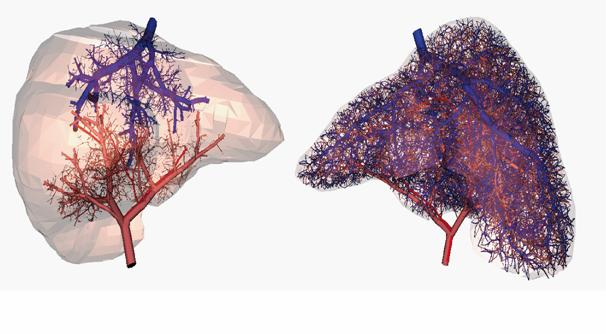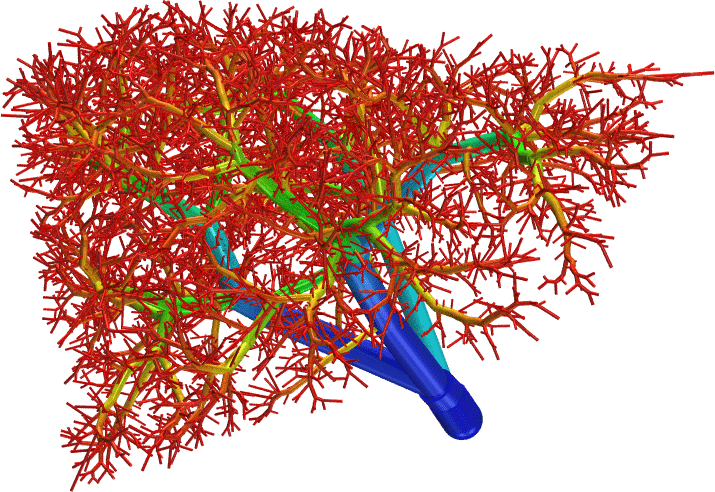Scientists Work Out How To 3D Print Vascular Networks
Gabriel Roşu / 10 years ago

3D Printing has come a long way, from objects to food and now even human skin and meat. One of the major problems when attempting to print human meat was printing out the vascular network, meaning all the blood vessels and ventricles. However, it appears that even the latter problem has been recently solved by scientists from the University of Sydney, Harvard, Stanford and MIT.
The scientists have apparently solved the problem by creating a skeleton of vessels, which was then used as a basis to grow human cells around it. Once the process was complete and stable, the scientists dissolved the 3D printed material, leaving only the vascular network.

“Imagine being able to walk into a hospital and have a full organ printed – or bio-printed, as we call it – with all the cells, proteins and blood vessels in the right place, simply by pushing the ‘print’ button in your computer screen,” said Dr. Luiz Bertassoni of the University of Sydney. “While recreating little parts of tissues in the lab is something that we have already been able to do, the possibility of printing three-dimensional tissues with functional blood capillaries in the blink of an eye is a game changer.”
Building vascular networks is a big thing, but using them is even greater than imagined. It appears that the vessels are then used to transport nutrients through bioprinted tissue in order to achieve better cell differentiation and growth. Summing it all up, scientists are now able to create ‘organs’ in the lab, having the scientists believe that this will eventually lead to true organ regeneration.
Thank you TechCrunch for providing us with this information
Image courtesy of 3DPrint.com



















